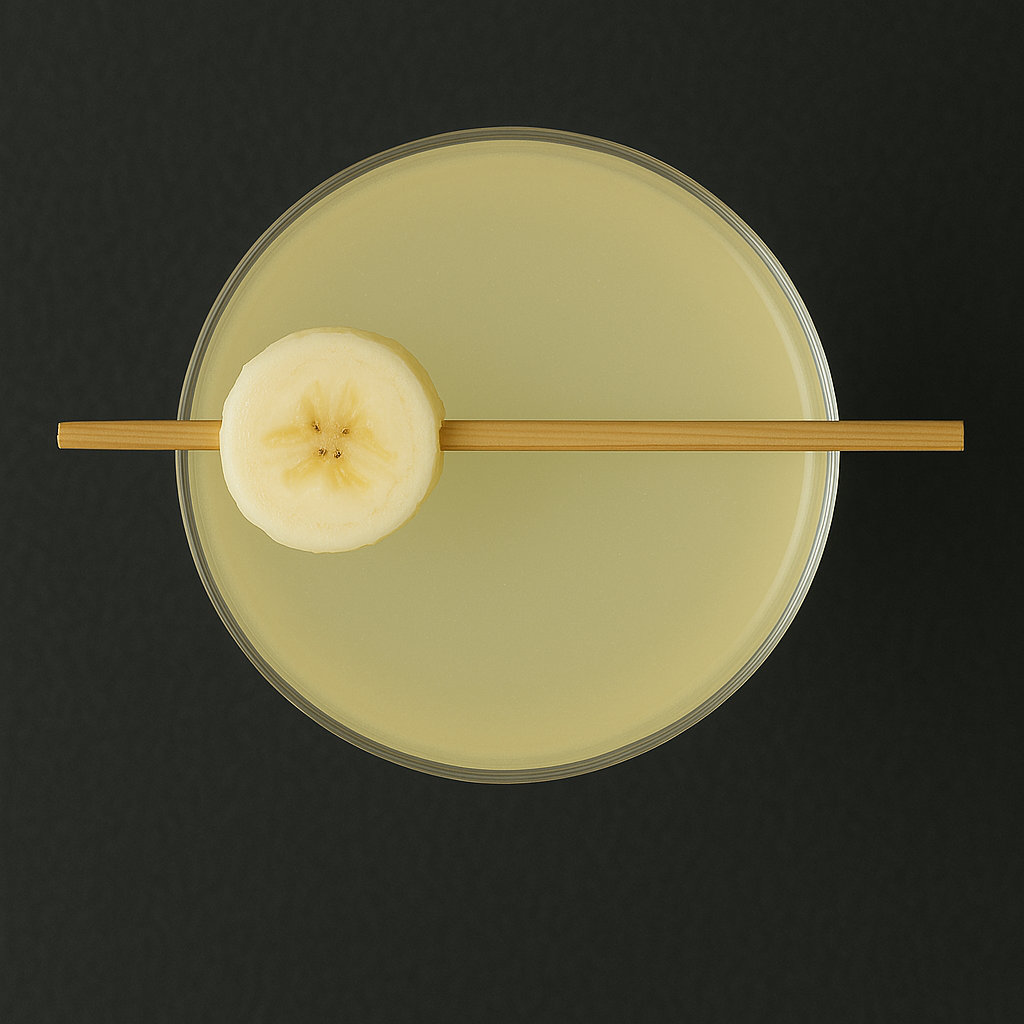Unaged Cachaça
What is Unaged Cachaça?
Unaged Cachaça is the purest expression of Brazil's national spirit, bottled directly after distillation without spending time in wooden barrels. This crystal-clear spirit captures the raw, vibrant essence of fresh sugarcane juice, delivering grassy, vegetal notes with a clean, crisp finish that makes it perfect for caipirinhas. The absence of wood aging means you taste the sugarcane in its most authentic form, typically bottled at around 40% ABV within months of production.
Learn More About Unaged Cachaça
What makes Unaged Cachaça unique?
Unaged cachaça delivers the purest expression of sugarcane's natural character, bottled directly after distillation without any wood aging that would add tannins, vanilla, or caramel notes. This crystal-clear spirit showcases the raw, vegetal intensity of fresh sugarcane juice with bright, grassy flavors and a clean finish that aged versions simply can't match. While aged cachaças develop complexity through barrel interaction, unaged cachaça celebrates the distiller's skill in capturing sugarcane's essence in its most honest form.
How is Unaged Cachaça made?
Unaged cachaça starts with fresh sugarcane juice that's fermented using wild yeasts or commercial strains, then distilled in either copper pot stills or column stills to capture the spirit's grassy, vegetal character. After distillation, the clear spirit rests briefly in stainless steel or neutral containers to allow flavors to settle before bottling. The entire process prioritizes preserving the bright, raw essence of sugarcane without any wood aging that would add color or additional complexity.
How do you drink Unaged Cachaça?
Unaged cachaça shines brightest in cocktails, particularly Brazil's national drink, the Caipirinha, where its grassy, vegetal notes pair beautifully with muddled lime and sugar. While some Brazilians sip it neat or on the rocks, most bartenders and home enthusiasts use it as a base for tropical and citrus-forward mixed drinks that highlight its fresh, herbaceous character. The spirit's vibrant, unaged profile makes it perfect for warm-weather cocktails and festive occasions, from beach parties to summer barbecues, where its bright acidity and sugarcane sweetness can really pop.
How do I choose a good Unaged Cachaça?
When selecting an unaged cachaça, look for bottles that proudly display "100% cana-de-açúcar" on the label, which guarantees pure sugarcane distillation without additives or neutral spirits. For classic caipirinhas, grab a clean, crisp cachaça with bright grassy notes that won't compete with the lime and sugar—brands like Leblon or Novo Fogo work beautifully here. If you're mixing more complex cocktails or sipping neat, consider cachaças from specific regions like Minas Gerais, where traditional copper pot stills often produce spirits with more character and subtle mineral undertones that add depth to your drinks.
Nutritional Information
Typical Calorie Range per Ounce: 64-70 calories
Typical Carbohydrate Range per Ounce: 0-0.1 grams
Typical Sugar Range per Ounce: 0-0.1 grams
Typically Gluten Free: Yes
Unaged cachaça is distilled from fresh sugarcane juice, which makes it naturally gluten-free since it contains no wheat, barley, rye, or other gluten-containing grains. The distillation process removes virtually all carbohydrates and sugars, leaving behind a clean spirit that's primarily ethanol and water. Always check the specific product label and manufacturer information to confirm gluten-free status, especially if you have celiac disease or severe gluten sensitivity.
Scrolled this far? Your reward? Unaged Cachaça Trivia!
- Fresh cachaça gets its kick from wild yeasts floating in the air. Unlike most spirits that rely on commercial yeast strains, traditional Brazilian distilleries let native yeasts from the surrounding environment do all the fermentation work. Each region's unique microclimate creates distinct flavor profiles – so a cachaça from the mountains of Minas Gerais tastes completely different from one made near the coast, even when using identical sugarcane.
- The "heart cut" in cachaça production lasts just 2-4 hours out of a 12-hour distillation. Master distillers taste the spirit every few minutes during this crucial window, discarding the harsh "heads" and "tails" to capture only the smoothest middle portion. Miss this timing by even 30 minutes, and you'll end up with a harsh, undrinkable product that can't be fixed.
- Unaged cachaça contains natural compounds that actually make you feel less hungover than other clear spirits. The congeners (flavor compounds) present in fresh cachaça include beneficial esters and aldehydes that help your liver process alcohol more efficiently. These same compounds get filtered out during aging, which is why aged cachaça often hits harder the next morning despite tasting smoother going down.
- Brazilian law requires cachaça to be made from fresh sugarcane juice, not molasses – and the cane must be pressed within 24 hours of cutting. This strict timing rule means distilleries can't stockpile raw materials like rum producers do. If a harvest gets delayed by rain or equipment problems, the entire batch becomes legally unusable for cachaça production, making it one of the most time-sensitive spirits in the world.
- The copper pot stills used for premium cachaça are never cleaned with soap – instead, they're "seasoned" with lime juice and coarse salt. This traditional cleaning method, passed down for centuries, creates a protective patina inside the copper that actually improves the spirit's flavor over time. Some family distilleries have stills that haven't seen soap in over 100 years, and the copper has developed such perfect seasoning that it naturally filters out sulfur compounds during distillation.
Higher-proof spirits can be intense. Mix carefully, taste thoughtfully, and enjoy responsibly.
Gift message (optional)




